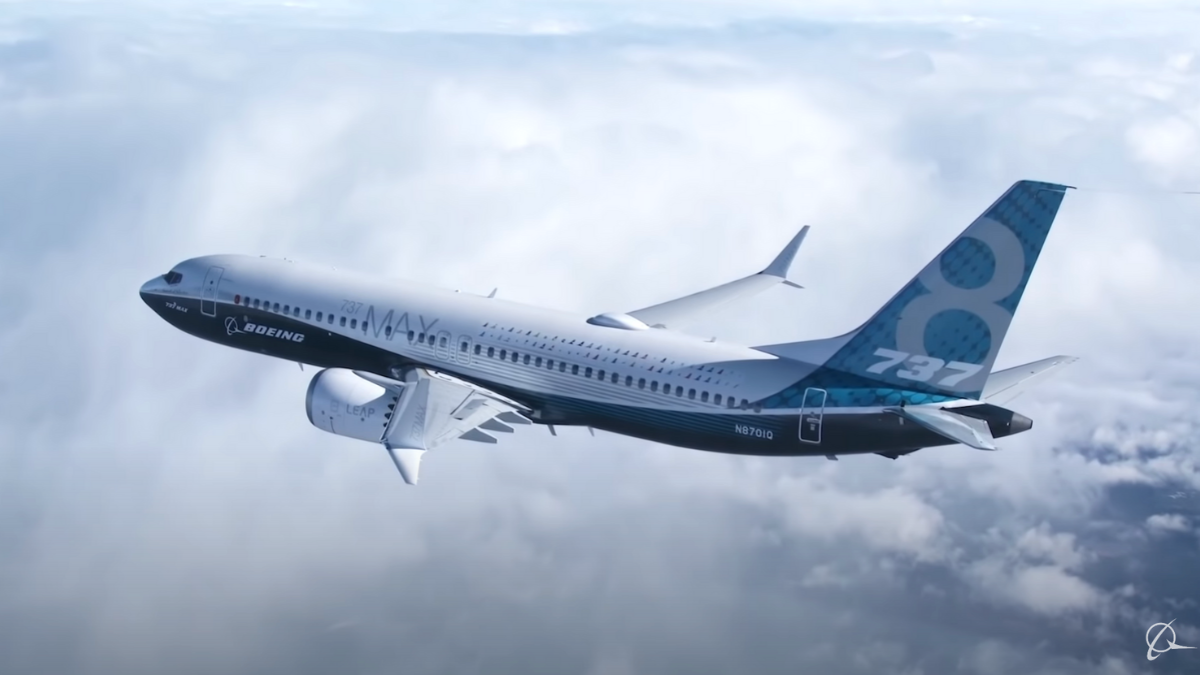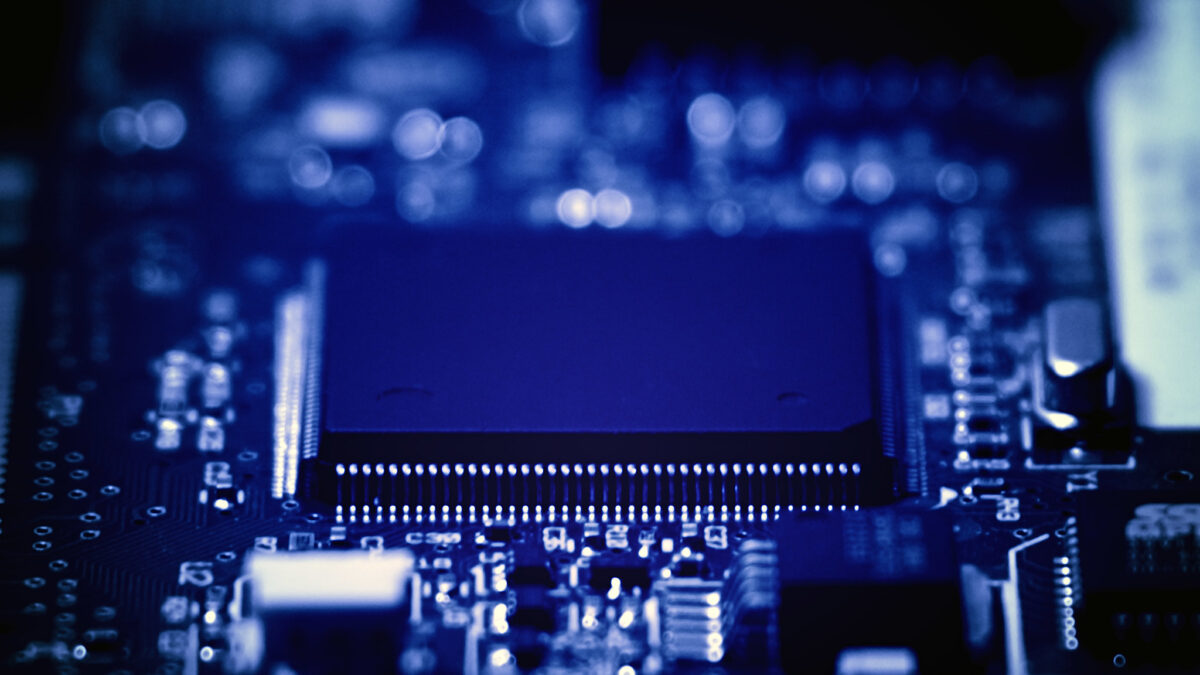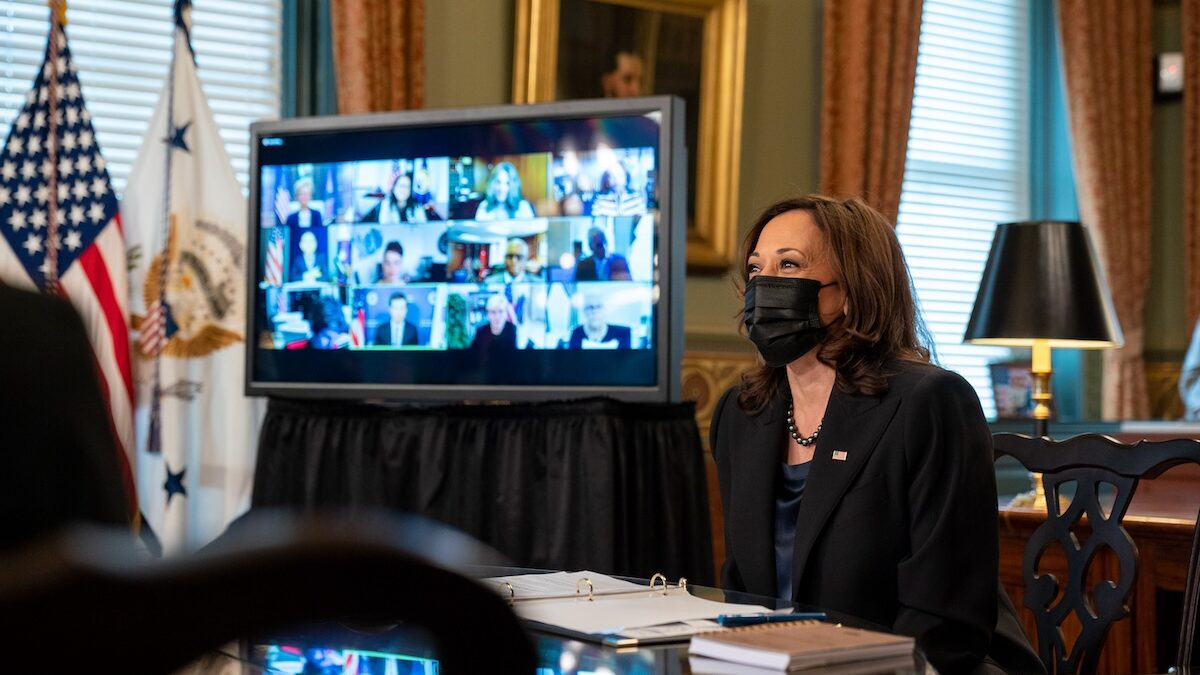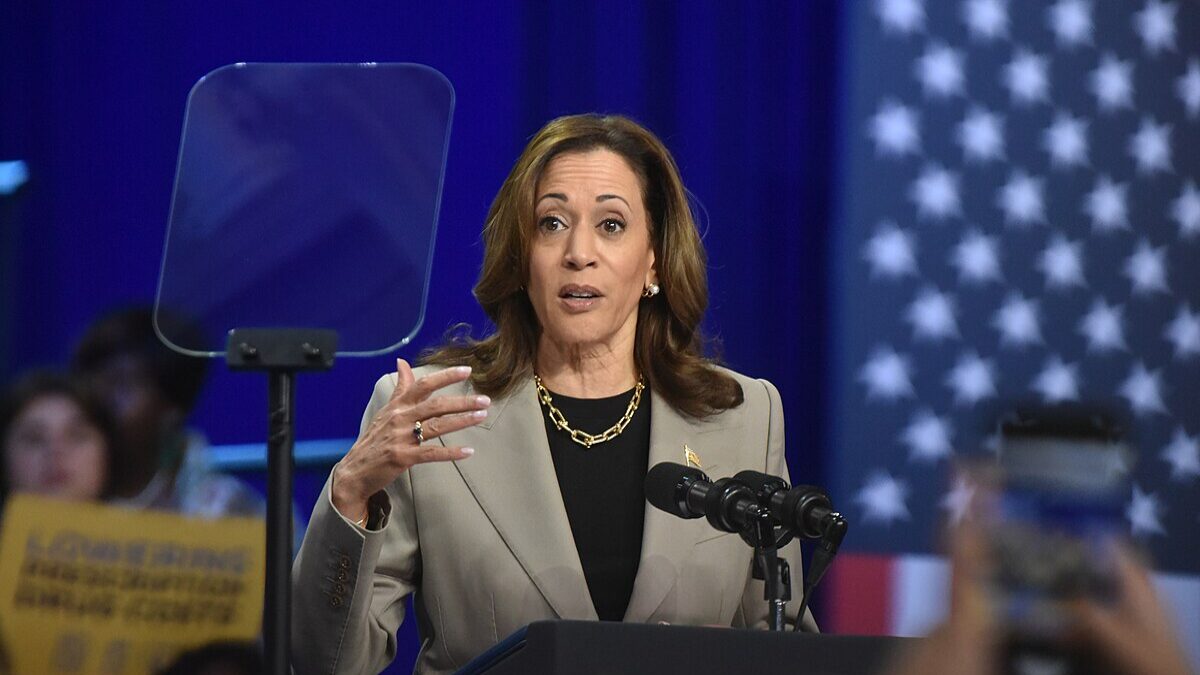The Epoch Times reported on July 8 that Boeing and the Department of Justice (DOJ) have reached an agreement on a guilty plea and an additional $244 million fine to be paid by Boeing in response to the charge of defrauding the U.S. government over the deadly 737 MAX 8 crashes in 2018-2019. The Alaska Air door incident in January 2024 constituted a safety violation of Boeing’s original “deferred prosecution” agreement of 2021. The currently proposed plea deal and fine, if accepted by U.S. District Judge Reed O’Connor, would allow Boeing to avoid a criminal trial in a conclusion to this case.
However, Judge O’Connor could choose to reject the plea deal and send it back for more negotiations. Ideally, further plea deal negotiations would fall apart and result in a criminal trial.
The Epoch Times noted that the family members of the MAX 8 crash victims have “pushed for a criminal trial to potentially reveal what Boeing insiders could have known” about the underlying issues. This is an important point. The 2021 DOJ charge against Boeing did not address the root cause and full scope of the MAX crashes. The reopening of this case introduces a final opportunity for further investigation and application of justice.
The DOJ’s charge of fraudulent activity focused narrowly on Boeing’s withholding of information about the disastrous Maneuvering Characteristics Augmentation System (MCAS) control system within the 737 MAX design, rather than the circumstances that drove its development. As well, the charge called out “two … Flight Technical Pilots” (test engineers with flying experience) as the source of blame for the misleading lack of transparency.
Having worked on several large programs for the military and the Federal Aviation Administration (FAA) myself, all of this sounds questionable and alarming.
An autonomously controlling computer system such as MCAS does not wind up on a flagship, next-generation aircraft model casually. There shouldn’t be a need for it. The aviation and defense engineering community takes a cautious, scrutinizing approach to the appropriate integration of automation. In contrast to this cautious approach, MCAS was added on at the end as a high-tech Band-Aid to mitigate an unacceptable issue within the underlying MAX design.
Incompatible requirements had the MAX engineering team figuring out how to retrofit a large, next-generation engine (with fuel efficiency to compete with the Airbus A320neo) onto a legacy 737 airframe from 1968 without room for the new engine in the original mounting location. The team moved the engine mounting location forward and higher to fit the larger engine. The new mounting location was analyzed to cause an undesirable, increased tendency for this aircraft design to pitch upward (which can cause a stall in extreme situations).
Instead of pursuing other structural design options such as redesigning the landing gear, the team turned to the engineering elixir of automation. Sound engineering was outsourced to an autonomous MCAS computer with the authority to push the plane downward as it saw fit — tragically so in the 2018-2019 crashes.
An engineering team would not follow this course of action of its own accord. The legacy airframe was an issue; the new mounting location was an issue; inserting automation into the loop to smooth over these issues is unfathomable. Further investigation through a criminal trial should determine whether a trade study (engineering team’s comparative review of design options — a best practice) was conducted and, if so, who decided the outcome.
Boeing leadership had (as is always the case) set the high-level strategic “ground rules” from the outset of the program. An unearthed slide from a MAX preliminary design review (PDR) presentation reflects these constraints.
The PDR presentation would have been prepared, presented, and confirmed by Boeing executives at the 737 MAX program manager or technical director level. PDR is the most important review of a system’s development. It sets the doctrine. There is no option for contributor-level engineers to deviate from what has been memorialized on PDR slides, whether in the system’s design or communication about it. It’s just not done; the integrity of a program is set by its leadership, and the engineers are to follow.
As it turns out, the more senior of the two Boeing flight technical pilots referenced in the DOJ charge against Boeing was personally indicted by the DOJ in October 2021 for promoting Boeing’s official, deceitful plan. In a dramatic turn, an internal communication the prosecution used against him proved his innocence in the matter. The technical pilot was acquitted in March 2022. A jury of 12 rejected Boeing’s scapegoat attempt.
Boeing is guilty of fraudulent behavior. But nothing about MCAS or individual engineer communications is the root cause. The grieving families and the public deserve to know who at Boeing directed the 737 MAX competitive strategy fundamentals and to see that party brought to justice.









